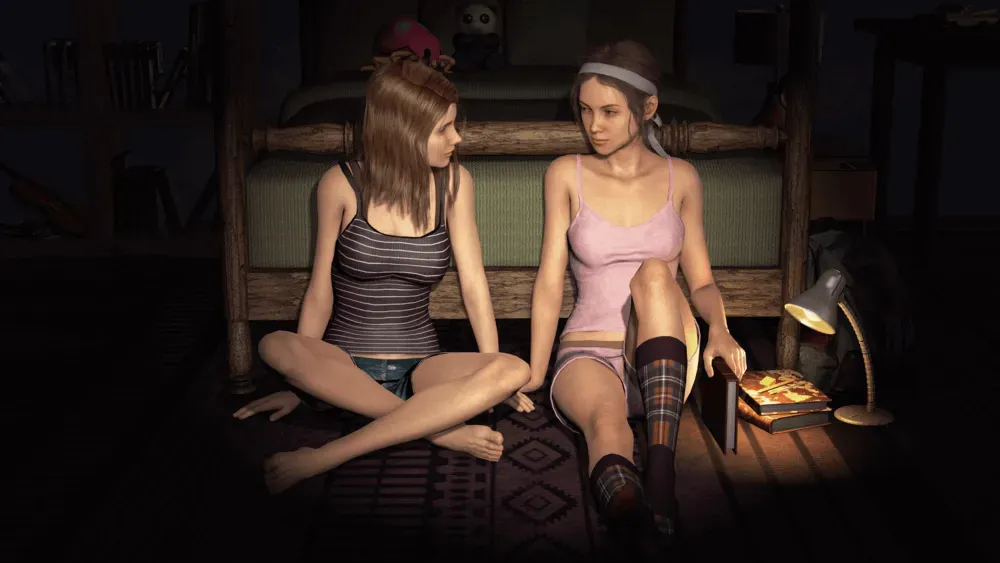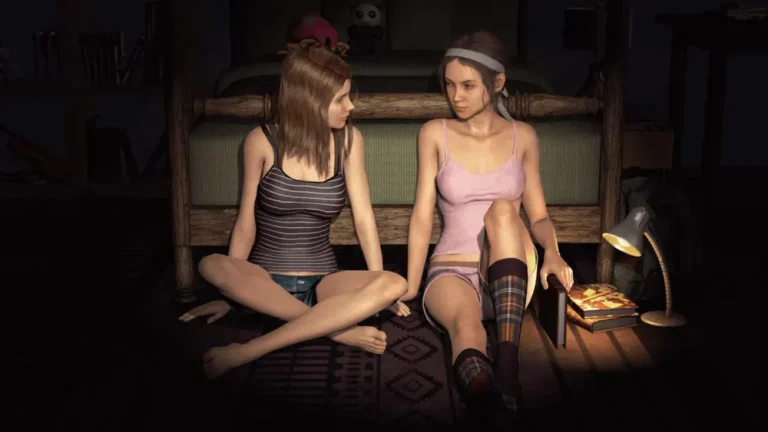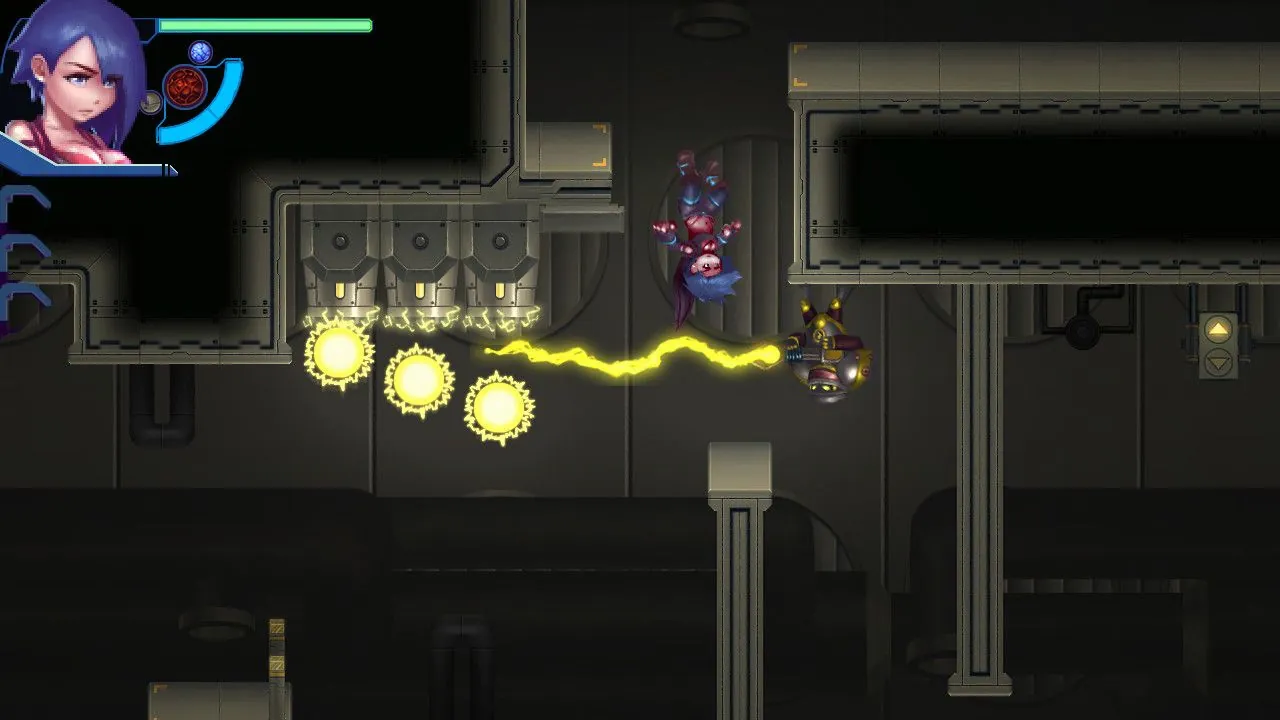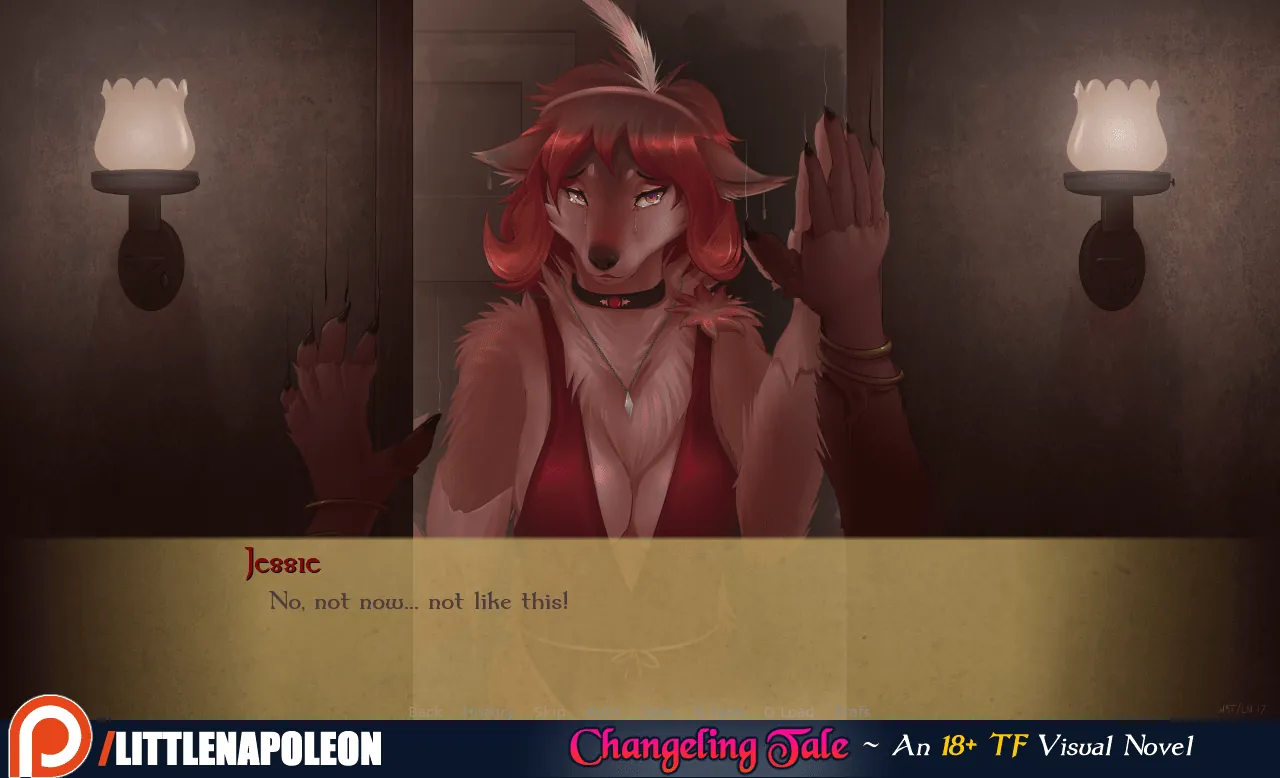
Short Sad Stories
Play Short Sad Stories
Short Sad Stories review
How This Unique Experience Blends Narrative and Emotion
If you’ve ever wondered what happens when a game dares to explore the raw edges of human emotion, ‘Short Sad Stories’ offers a compelling answer. Unlike traditional titles, this experience weaves together brief, poignant tales that linger long after you’ve put down the controller. In this article, we’ll dive deep into the world of ‘Short Sad Stories,’ examining its narrative structure, emotional themes, and the ways it connects with players. Whether you’re a fan of story-driven games or simply curious about how interactive media can evoke sadness, this guide will give you a fresh perspective on what makes ‘Short Sad Stories’ stand out.
The Heart of ‘Short Sad Stories’: Narrative and Emotion
There’s something uniquely powerful about a story that can make your heart ache in under an hour. That’s the magic of Short Sad Stories. While many games build emotional investment over dozens of hours, this experience understands that a well-crafted, concise narrative can deliver an emotional gut-punch that lingers long after you’ve put down the controller. It’s a masterclass in emotional storytelling in games, proving that duration isn’t a prerequisite for depth. This chapter dives into the very heart of the experience, exploring how its narrative and emotion are so beautifully, and heartbreakingly, intertwined. 😢
What Makes the Stories So Impactful?
The raw power of Short Sad Stories doesn’t come from complex plots or lengthy expositions. Instead, it’s found in the quiet moments, the subtle interactions, and the spaces between the words. The game’s brilliance lies in its restraint. It presents you with a fragment of a life, a single, pivotal moment of sorrow, and trusts you to feel the weight of everything that led to it and everything that will follow.
A key part of this narrative impact of short sad stories is their focus on relatability. You aren’t playing as a galaxy-saving hero; you’re a person dealing with loss, a child facing loneliness, or a soul grappling with regret. These are universal feelings, and the game holds up a mirror to our own vulnerabilities. The emotional resonance is immediate because it taps into something deeply human.
Furthermore, the game’s structure is its greatest asset. By design, these are interactive emotional narratives that you complete in one sitting. This creates an intense, focused experience, much like reading a perfect short story or watching a powerful short film. There’s no downtime, no grinding—just a pure, undiluted emotional journey from start to finish. The brevity ensures that the emotional tone remains consistent and potent, without the chance for the feeling to dilute over time. 💔
“I played ‘The Last Leaf’ story right after my grandmother passed away. Making the choice to water the plant or let it wither… it wasn’t just a game choice. It felt like I was processing my own grief in a safe space. I cried for an hour, but it was a cathartic, needed cry.” – Mark, a player since 2022.
This testimonial highlights a core part of the player experiences with short sad stories. The game becomes a vessel for our own emotions, allowing us to explore and process complex feelings in a controlled, yet deeply personal, environment.
Key Themes and Emotional Arcs
The short sad stories game themes are the pillars that support the entire experience. They are carefully chosen for their emotional weight and their ability to be explored effectively within a short timeframe. The game doesn’t just tell you a character is sad; it makes you understand why through its core themes.
Let’s look at some of the most impactful themes and how they are presented:
| Theme | Common Story Archetype | Player’s Role |
|---|---|---|
| Loss and Grief | Coming to terms with the death of a loved one or the end of a relationship. | Often involves sorting through memories, making a final tribute, or learning to let go. |
| Longing and Nostalgia | Reflecting on a happier past or a future that can never be. | Exploring old locations, interacting with mementos, and piecing together what was lost. |
| Regret and Missed Opportunities | Confronting a past mistake that defines the present. | Revisiting pivotal moments, often with no power to change the outcome, only to understand it. |
| Solitude and Connection | Experiencing isolation and the human need for companionship. | Navigating empty spaces, reaching out to others (sometimes futilely), or finding comfort in small, quiet moments. |
One of the most talked-about memorable moments in short sad stories comes from the tale “The Station at Dusk.” You play as an elderly watchman at a train station that no longer sees any trains. Your only companion is a flickering lantern and the letters from your daughter, who moved away years ago. The entire story is about waiting—waiting for a train that will never come, waiting for a visit that may never happen. The emotional arc isn’t about a dramatic event; it’s the slow, crushing realization of a life defined by absence. The power isn’t in what happens, but in what doesn’t. Players often mention sitting in silence for several minutes after the credits rolled, just absorbing the quiet despair. 🚉✨
How Gameplay Enhances the Emotional Experience
This is where Short Sad Stories truly separates itself from other narrative mediums. It doesn’t just tell you a sad story; it makes you an active participant in it. The interactive emotional narratives are built on the principle that your actions, no matter how small, should carry emotional weight.
The gameplay is deliberately minimalist and tactile. You aren’t solving complex puzzles or engaging in combat. Instead, you are performing simple, poignant actions that ground you in the character’s reality. The emotional storytelling in games is amplified when you are the one physically performing the task.
Consider these gameplay elements:
- Environmental Interaction: The world is often a character in itself. A dusty, silent house tells a story of abandonment. Flipping through a photo album isn’t a cutscene; you manually click through each picture, forcing you to linger on the fading smiles of a broken family. This slow, deliberate exploration makes the narrative impact of short sad stories far more personal.
- Meaningful Choices: The choices you make are rarely about “good” or “bad” endings. They are about emotional expression. Do you keep a painful memento or throw it away? Do you send a final message or leave things unsaid? These decisions don’t change the outcome—the story remains sad—but they change your emotional journey through it. They force you to confront what you, as the player, value in that moment of sorrow. 🤔
- Pacing and Rhythm: The game often controls the pace to build emotion. A slow, plodding walk through an empty park reinforces feelings of loneliness. A frantic search for a lost item creates a sense of panic and desperation. The game uses your own interaction speed to make you feel the character’s emotional state.
So, how to experience short sad stories for maximum effect? Don’t rush. This isn’t a game to be “beaten.” It’s an experience to be felt.
Pro Tip: Play in a quiet space, with headphones on. Let yourself be immersed. Pay attention to the small details—the sound design, the lighting, the way a character’s shoulders slump. This is where the true emotion lives.
By blending these interactive elements with its concise narratives, Short Sad Stories creates a form of emotional storytelling in games that is uniquely powerful. It demonstrates that the future of moving, meaningful narratives in gaming isn’t just about bigger worlds, but about deeper, more focused emotional connections. The most memorable moments in short sad stories aren’t just watched; they are lived, one heartfelt interaction at a time. ❤️🩹
‘Short Sad Stories’ proves that even the briefest tales can leave a lasting mark, using interactive storytelling to explore the full spectrum of human emotion. From its carefully crafted narratives to the way it fosters community through shared sadness, the game stands as a testament to the power of vulnerability in gaming. If you’re ready to experience stories that challenge, comfort, and connect, ‘Short Sad Stories’ awaits—dive in, reflect, and see where the journey takes you.









